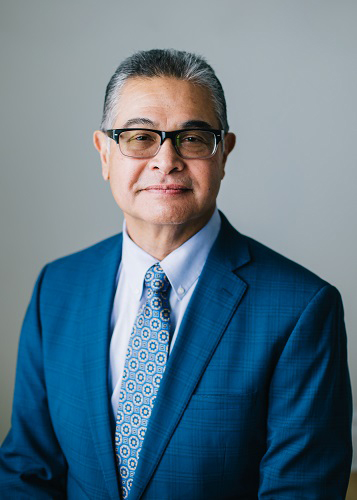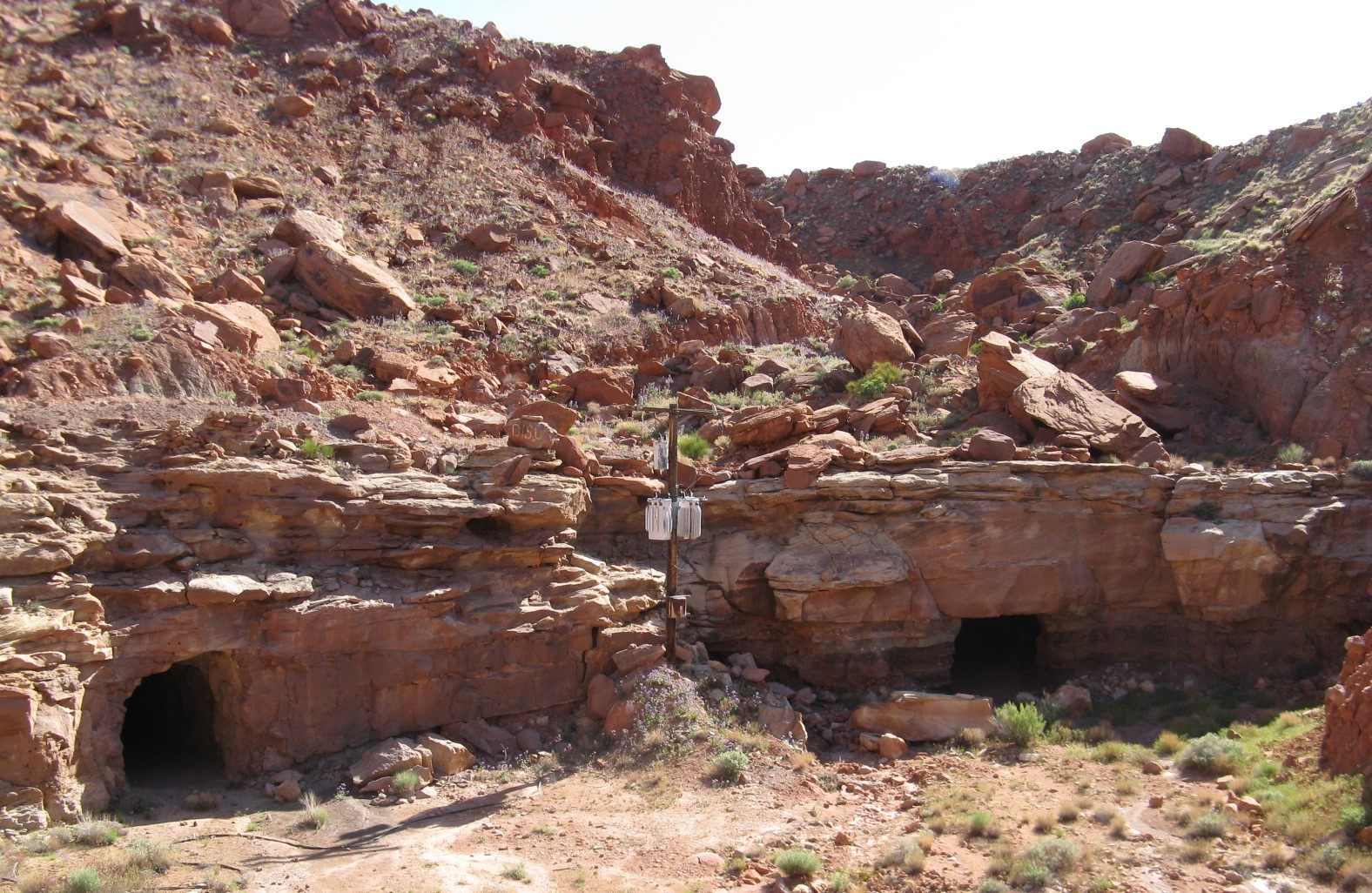
As the saying goes, time flies when you’re having fun. I don’t think that “fun” aptly describes 2020, but it is hard to grasp that it has been nearly a year since the Office of the Legislative Auditor General published its audit report of the Division’s Oil and Gas Program – and truly time has flown.
Including work that was in process at the time the audit was released in November 2019, it has been a busy 12-14 months for the program. Although government audits do not often highlight the positives and they are usually difficult to endure, I have to admit that Division staff rolled up their sleeves and went to work addressing the recommendations of the audit.
Below is a summary of some of the valuable accomplishments achieved over the past year. Each of the following items included several subparts that are worth digging into in detail, but to keep things brief, this summary is at a fairly high level.
- Improved Compliance Workflow – non-compliance issues can now be addressed in a timely manner using database upgrades and implementing an automated electronic compliance process to simplify tracking, streamline administrative process, and incentivize the regulated community toward compliance.
- Prioritization Modules – data driven software provides real-time information to staff in determining critical priorities for field inspection and personnel deployment.
- Filling key staff positions – including additional field operations monitoring staff as well as Salt Lake based technical staff for reviewing proposals and compliance tracking.
- Performance metrics – again applying technology to ensure data-driven decision making as well as tracking key indicators of both operator compliance and OGM staff effectiveness.
- Updating bonding requirements – a status report of current bonding has been briefed with the governing Board of Oil, Gas and Mining, and new rules to update bonding requirements have been drafted and will proceed through Division development and stakeholder review in accordance with time frames established by the legislature.
But that’s not all. The Division has been just as busy carrying out the work of its other programs in regulating mineral mining and coal mining along with safeguarding hazards associated with legacy abandoned mines in the state. Along with the day-to-day work of the Division, our Board has been active in conducting monthly electronic hearings and finalizing work on various rulemakings that were deemed important.
Even through the challenges of remote work, the past year has been productive and it is due largely to the dedicated state employees who work for the Division. I am grateful for their effort and commitment.







